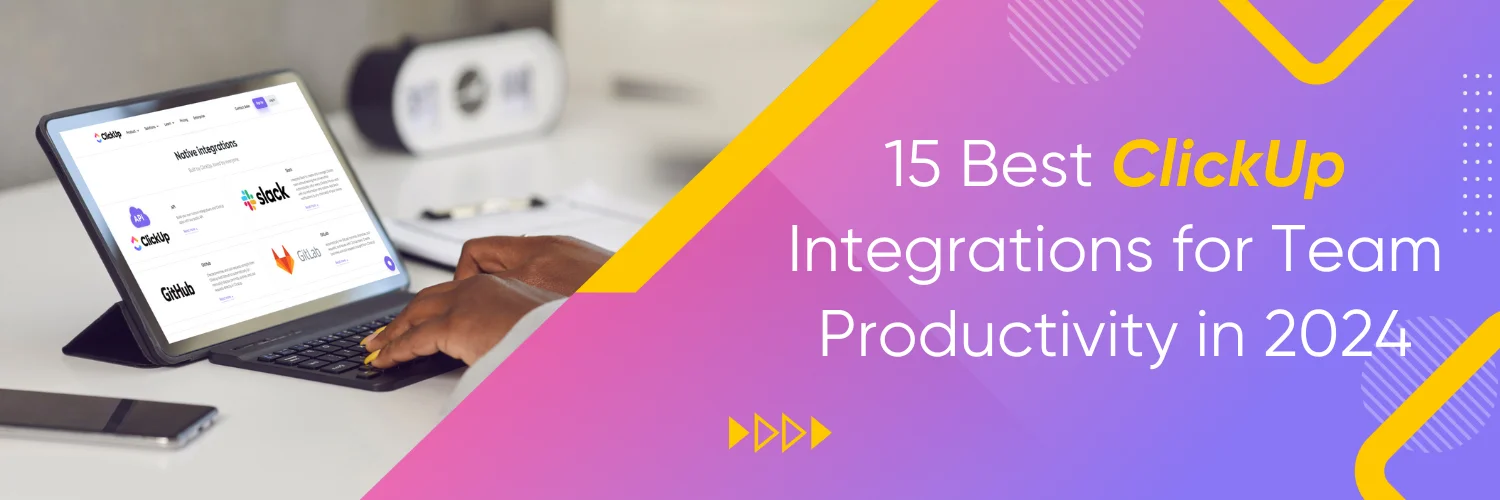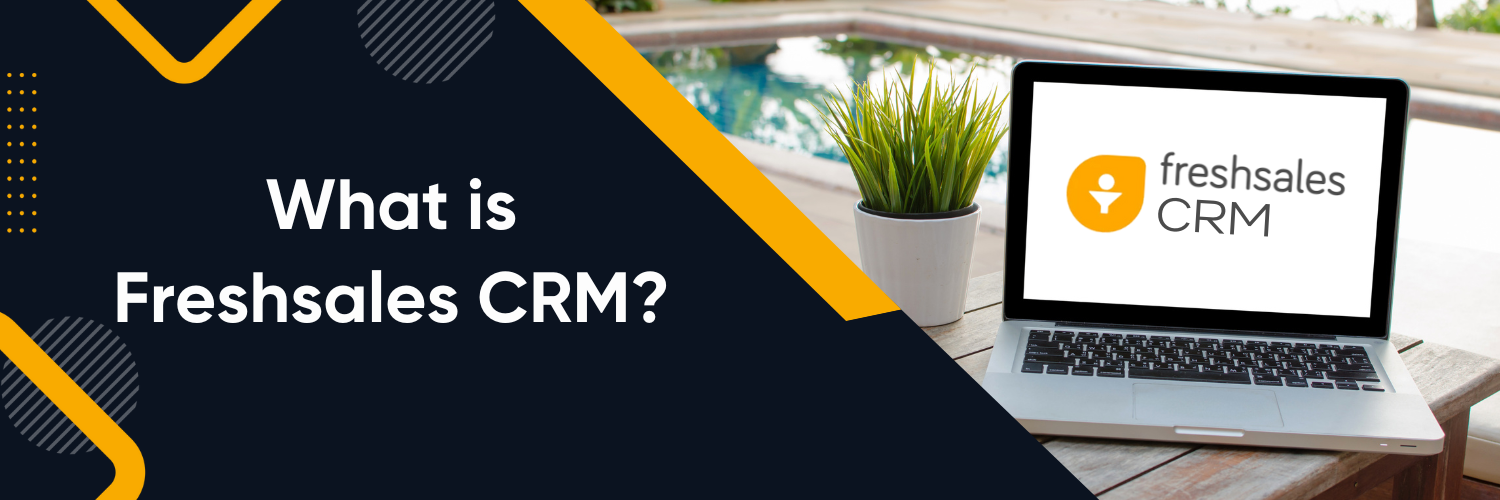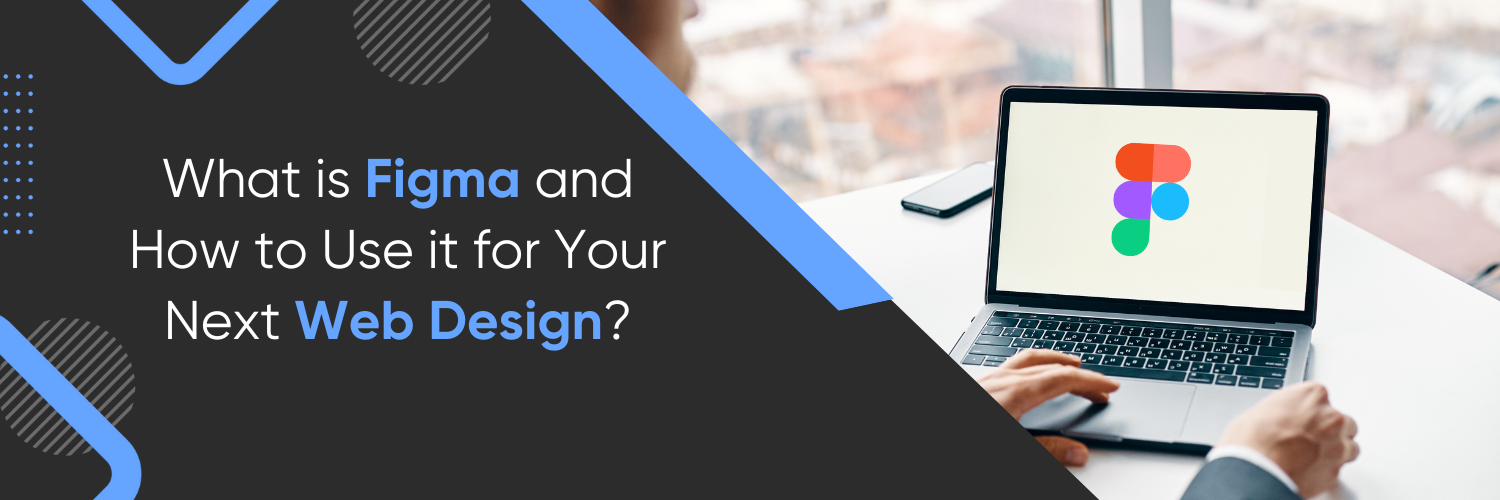The Psychology of Logos
Human psychology interacts with visual stimuli in intriguing ways, making first impressions incredibly important. Logos, as the face of a business, is often the first point of contact between a brand and its potential customers. They can evoke emotions, create connections, and establish brand recognition.
Color, shape, and symbolism are crucial elements in logo design that can subconsciously affect customer perceptions. Different colors evoke distinct emotions, while shapes and symbols carry specific meanings. The clever use of these elements in logo design can leave a lasting impression on customers, drawing them closer to the brand.
Why is a Logo Important?
A brand logo serves as a foundational piece in a company’s marketing and branding strategy. Its significance spans several aspects of business and consumer interaction. Here’s why a brand logo is so vital:
- Identity & Recognition: Just as we identify people by their faces, we identify businesses by their logos. A distinctive logo establishes a brand’s identity in the market, making it easily recognizable amidst the competition.
- First Impression: Often, the logo is the first element of a brand that a potential customer encounters. A well-designed logo can create a positive first impression, signaling professionalism, quality, and trustworthiness.
- Foundation of Branding Efforts: All branding materials – whether it’s a business card, a website, or product packaging – will feature the logo. It serves as the cornerstone of a brand’s visual identity, influencing fonts, colors, and design across all other brand materials.
- Conveys Brand Values & Essence: A logo can communicate essential aspects of a brand’s essence and its values. For instance, a rugged logo might be apt for outdoor equipment, while a refined and elegant typeface could be suitable for luxury brands.
- Differentiation: In crowded marketplaces, a unique logo helps distinguish a brand from its competitors. It provides a visual representation that tells consumers why the brand is unique and what makes it different.
- Builds Trust & Loyalty: Consistency in branding, starting with the logo, cultivates professionalism and trust. Over time, as customers have positive interactions with a brand, the logo starts to symbolize that trust, fostering loyalty.
- Memorability: People might not always remember a brand’s name or its products, but they will often remember a distinctive logo. A memorable logo can ensure that the brand remains top-of-mind for potential customers.
- Emotional Connection: Through colors, shapes, and designs, logos can evoke specific emotions in customers, which can play a crucial role in their purchase decisions. For example, blue can evoke feelings of trust and stability, while red can symbolize passion or urgency.
- Legitimacy & Professionalism: Especially for newer businesses, a well-crafted logo can give an impression of establishment and professionalism, leveling the playing field with longer-standing competitors.
- Economic Value: Recognizable logos can add significant economic value to a business. They can be powerful assets when it comes to customer goodwill, brand extensions, or even potential mergers and acquisitions.
In essence, a logo is not just an image but a strategic tool. It encapsulates a brand’s identity, values, and promises in a visual format that is easily recognizable and memorable. Investing in a well-thought-out logo can yield significant returns in brand equity, customer trust, and recognition.
Building Brand Identity Through Logos
As a business grows, its logo becomes the cornerstone of its brand identity. Successful logos have the ability to evoke positive associations, credibility, and trustworthiness. We’ll explore case studies of iconic logos that have greatly contributed to brand recognition and customer loyalty. These examples will highlight the importance of a well-crafted logo in establishing a strong brand identity.
Consistency and cohesiveness are equally essential in logo usage across various platforms. A consistent logo builds trust and reliability among customers, while cohesive branding reinforces the brand message and values. The blog will dig into strategies for maintaining a coherent brand image through the logo.
Understanding Target Audience
Knowing the target audience is vital for effective logo design. Logos should be tailored to resonate with different demographics and customer preferences. A logo that appeals to one group might not have the same impact on another. Additionally, the blog will emphasize the importance of avoiding stereotypes and cultural misinterpretations, as missteps in logo design can lead to negative associations and unintended consequences.
Logo Design Trends and Timelessness
In the ever-evolving world of design, logo trends come and go. Understanding current logo design trends and their popularity is crucial for staying relevant. However, striking the right balance between incorporating trendy elements and maintaining timelessness is essential to ensure the logo remains relevant and effective for years to come. We’ll explore the risks of following fleeting trends and how to navigate this delicate balance.
Designing a logo requires a delicate balance of creativity, intuition, and understanding of current trends. However, the challenge often lies in ensuring that the logo doesn’t appear outdated after a few years. Let’s explore the aspects of logo design trends and timelessness.
Logo Design Trends
- Simplified Design: Major brands like Apple, Google, and Nike opt for clean, minimalist logos that are easily recognizable. This trend focuses on simplicity and clarity.
- Geometric Shapes: Geometric shapes like circles, triangles, and squares have been increasingly utilized in logo designs, representing stability, symmetry, and balance.
- Gradient Logos: Multi-tone logos with a gradient effect became increasingly popular, adding depth and dimension to logos.
- Vintage Revival: Retro designs, reminiscent of the ’60s, ’70s, and ’80s, were making a comeback, giving brands a nostalgic touch.
- Line Art: Detailed logos created using thin, consistent line weights, offering a clean and modern look.
- Responsive Logos: With the variety of devices and platforms available, logos have to be adaptable. Hence, responsive logos that can change in size while retaining their recognizability were gaining traction.
- Muted Colors: Soft, pastel, muted color palettes started becoming popular, moving away from bold and vibrant colors.
- Timelessness in Logo Design: While it’s tempting to embrace current trends, it’s essential to think about the longevity of a logo. Here are some elements that make a logo timeless:
- Simplicity: Simple logos are often the most easily recognizable and memorable. Think of logos like Apple, McDonald’s, and Nike.
- Versatility: A timeless logo works in various applications, sizes, and mediums. It should look as good on a business card as it does on a billboard.
- Relevance: A timeless logo should resonate with the brand’s target audience and not just adhere to the whims of current design trends.
- Distinctiveness: A logo should stand out in a crowd and not get lost among similar designs or trends.
- Adaptable to Trends: Some logos can be subtly updated to align with current trends without losing their core identity. For example, Pepsi and Coca-Cola have updated their logos over the years while maintaining recognizability.
Tips to Balance Trends and Timelessness
- Research: Before designing, research the industry, the brand’s ethos, and its audience. This will help in aligning the logo with its intended purpose and audience.
- Avoid Overcomplication: Trends come and go. If a design is overly complex or closely tied to a current trend, it may quickly become outdated.
- Test with a Diverse Group: Get feedback from a diverse group of people. If most can easily identify and understand the logo, it’s likely on the right track.
- Look to the Past: Check out logos that have stood the test of time. Analyze what’s made them successful and consider how those elements might be incorporated into a new design.
- Be Open to Evolution: Even timeless logos may require occasional updates. Be open to evolving the logo as the brand grows and changes.
Logo Redesigns and Rebranding
As businesses evolve, the need for logo redesigns and rebranding arises. We’ll discuss the reasons behind rebranding and when it becomes necessary for a company. Successful examples of logo redesigns will be examined to showcase how a well-executed update can breathe new life into a brand and attract new audiences. Strategies for managing a smooth transition during rebranding will also be discussed.
Online Presence and Logo Implementation
Logos must be optimized for various digital platforms and responsive design. An engaging online presence, including a well-implemented logo, is essential for creating a positive brand perception among customers. We’ll explore the significance of a strong online presence and how a well-designed logo enhances brand visibility and recognition. Additionally, the blog will highlight the role of social media in reinforcing brand identity through the logo.
Maintaining an online presence is essential for businesses and brands of all sizes. The digital realm offers a plethora of platforms and opportunities to reach audiences worldwide. A brand’s logo, as part of its larger identity, plays a critical role in its online presence. Here’s how logo implementation intersects with online presence and why it matters:
1. Website Design
Header: A brand’s logo typically appears in the top left or center of its website header, making it one of the first things visitors see.
Favicon: This small icon appears on browser tabs, bookmarks, and mobile home screens for website shortcuts, helping users quickly identify a site among open tabs or bookmarks.
2. Social Media Platforms
Profile Pictures: On platforms like Facebook, Twitter, LinkedIn, and Instagram, the profile picture is an ideal space for a brand’s logo, aiding recognition.
Cover Photos: Some brands use their cover photos to showcase logo variations or campaigns associated with the logo.
3. Email Marketing
Header/Footer: Including the logo in email templates ensures recipients instantly recognize the sender and lends authenticity to the email’s content.
Email Signature: A subtle logo in an email signature can reinforce brand identity in professional communications.
4. Digital Advertisements
Whether it’s Google Ads, banner ads, or video ads on platforms like YouTube, integrating the logo ensures viewers associate the ad’s content and message with the brand.
5. Mobile Applications
For brands with mobile apps, the logo often becomes the app icon, playing a crucial role in app store visibility and user recognition on their devices.
6. Online Directories and Review Sites
Sites like Yelp, Google My Business, or industry-specific directories often allow businesses to upload their logos, reinforcing brand identity for users seeking information or writing/reading reviews.
7. Digital Documents and Collateral
Whether it’s a PDF brochure, an e-ticket, or an online report, embedding the logo ensures brand consistency across all touchpoints.
8. Online Merchandising and E-commerce
For brands that sell merchandise or operate e-commerce sites, the logo helps in creating a branded shopping experience, from product pages to the checkout process.
Importance of Logo Implementation in Online Presence
- Consistency: Displaying the logo consistently across online platforms establishes a unified brand image, making it more memorable to users.
- Trust and Credibility: Recognizing a familiar logo can instill trust in users, especially in spaces like e-commerce or online banking.
- Visibility: In the vast digital landscape, a recognizable logo acts as a beacon, helping users identify and navigate to a brand’s content or offerings.
- Professionalism: Proper logo implementation signals a well-maintained and professional online presence, which can translate to perceived reliability and quality of services or products.
- Engagement: A well-implemented logo can improve user engagement rates, especially in advertisements or calls-to-action, as it lends authenticity to the content.
Measuring Logo Effectiveness
Measuring the effectiveness of a logo is crucial for understanding its impact on customer perception and business growth. We’ll delve into various methods of analyzing customer response and perception of the logo, including surveys, focus groups, and data analysis. Utilizing this data and feedback will enable businesses to refine their logo design and brand strategy for maximum impact. Furthermore, we’ll identify key performance indicators that can be used to assess the logo’s influence on business growth.
Case Studies: The Power of Memorable Logos
Examining famous logos and their association with brand success will shed light on how a well-designed logo can leave a lasting impression on customers. We’ll identify the characteristics that make logos memorable and impactful, drawing insights from these case studies to inspire and inform our own logo design choices.
Let’s explore some of the world’s most famous and successful logos, exploring the elements that make them stand out and contribute to their brands’ successes.
1. Apple
Logo: A minimalist apple with a bite taken out.
Characteristics:
- Simplicity: It’s straightforward, making it easily recognizable.
- Symbolism: The apple, with a bite taken out, plays on the word “byte”, a unit of digital information.
- Evolution: The Apple logo has seen various color changes, from rainbow stripes to monochromatic, always adapting while retaining its core design.
- Impact: The logo aligns with the company’s ethos of simplicity, innovation, and user-friendliness.
2. Nike
Logo: The famous “Swoosh” symbol.
Characteristics:
- Versatility: It’s a simple symbol that works on shoes, apparel, and advertisements.
- Symbolism: Represents motion and speed, in line with Nike being a sports brand.
- Instant Recognition: The simplicity and distinctiveness of the swoosh make it immediately recognizable.
- Impact: The swoosh encapsulates movement and ambition, both of which are fundamental to Nike’s brand identity.
3. McDonald’s
Logo: The “Golden Arches” forming the letter ‘M’.
Characteristics:
- Color: The yellow color is bright, attention-grabbing, and evokes feelings of happiness.
- Consistency: While promotional materials may vary, the core logo remains consistent worldwide.
- Simplicity: Like the others, its simplicity makes it instantly recognizable.
- Impact: The arches have become synonymous with fast food, quick service, and a consistent experience worldwide.
4. Coca-Cola
Logo: The brand’s name is written in its iconic Spencerian script.
Characteristics:
- Unique Typography: The cursive script is distinctive and elegant.
- Consistency: Apart from minor tweaks, the logo has remained consistent since its inception.
- Color: The red color is vibrant, attention-grabbing, and evokes excitement and passion.
- Impact: The logo evokes feelings of nostalgia and has become synonymous with the broader category of sodas for many people.
5. Mercedes-Benz
Logo: A three-pointed star enclosed in a circle.
Characteristics:
- Symmetry: The star is perfectly symmetrical, reflecting the brand’s emphasis on precision.
- Luxury: The minimalist design exudes class, aligning with the brand’s luxury status.
- Versatility: Works on car grills, letterheads, and advertisements.
- Impact: The logo signifies luxury, quality, and durability — key elements of the Mercedes-Benz brand.
Insights and Lessons
- Simplicity is Key: A simple design is often more recognizable and memorable.
- Stay True to the Brand: The logo should reflect the brand’s ethos, values, and market positioning.
- Consistency Over Time: While logos can evolve, maintaining core elements ensures long-term recognition.
- Versatility Matters: A great logo works in various contexts, sizes, and applications.
- Colors Play a Crucial Role: Colors can evoke emotions and shape perceptions. Choose them wisely.
The Role of Logo in Customer Loyalty
Beyond recognition and perception, a logo can foster emotional connections and brand loyalty among customers. We’ll explore how logos evoke positive emotions and create a sense of familiarity and trust, encouraging customer engagement and brand advocacy. Understanding this aspect will help businesses leverage their logos to build long-term relationships with customers.
How Your Business Logo Influences Customers
A business logo is not just an image or a symbol; it’s a representation of a brand’s identity. It often provides the first impression customers have of a business and carries a lot of weight in shaping perceptions and influencing decisions. Here’s how a business logo can influence customers:
1. First Impressions
Before customers interact with a product or service, they often encounter the logo. A well-designed logo can elicit feelings of trustworthiness, professionalism, and stability. Conversely, a poorly designed logo can convey inexperience or unreliability.
2. Brand Recognition
Logos play a crucial role in brand recall. When people see the golden arches, they immediately think of McDonald’s. A unique and memorable logo ensures that customers can instantly recognize and associate it with a particular brand.
3. Conveys Brand Personality
A logo can communicate a lot about a brand’s character. For instance, a playful font or bright colors might indicate a fun, youthful brand, while a sleek, minimalist logo might suggest modernity and efficiency.
4. Sets Expectations
High-quality logos often set the tone for customer expectations. For example, if a brand uses a sophisticated, luxurious logo, customers might anticipate premium pricing and superior quality.
5. Differentiation from Competitors
In crowded marketplaces, differentiation is crucial. A distinctive logo helps a brand stand out from its competitors and can attract customers seeking something different or unique.
6. Builds Trust and Loyalty
Consistency is a crucial element of trust. If a brand uses its logo consistently across all platforms and touchpoints, it conveys stability and reliability, encouraging customer loyalty.
7. Evokes Emotional Responses
Colors, shapes, and designs in a logo can evoke specific emotions. For instance, blue often signifies trust and stability, while red can invoke passion and energy. By strategically choosing design elements, businesses can evoke desired emotions and feelings in their audience.
8. Facilitates Brand Extensions
A well-known logo can be leveraged when the company expands its product line or enters new markets. Customers familiar with the logo (and the brand’s reputation) may be more willing to try a new product that carries the same logo.
9. Influences Purchase Decisions
Studies suggest that people are more likely to purchase from familiar brands. If a logo is easily recognizable and evokes positive associations, it can influence consumers to choose that brand over unfamiliar ones.
10. Cultural or Social Association
Sometimes, a logo becomes associated with a particular social or cultural movement, especially if the brand takes a stand on social issues. This association can influence customers who align with those values to favor the brand.
Conclusion
The impact of a well-designed logo on customer perception and business success cannot be underestimated. From influencing customer behavior to building brand identity and loyalty, logos play a vital role in shaping a company’s image. Businesses should invest in professional logo design and branding to create a powerful visual identity that resonates with their target audience and drives growth.
To ensure your logo is designed to perfection and to embark on a journey toward business success, we invite you to follow our blog for more insightful content on branding and marketing. Additionally, for a seamless and impactful logo design process, consider partnering with Ubique Digital Solutions. Our team of expert designers and branding specialists is dedicated to helping businesses like yours achieve their full potential through exceptional logo design and comprehensive branding strategies. Take the next step towards success and contact Ubique Digital Solutions today. Together, we’ll shape a logo that leaves a lasting impression on your customers and sets your business apart in the market.
FAQs
What makes a logo design effective?
An effective logo design is one that communicates the brand’s identity, values, and message clearly and memorably. It should resonate with the target audience and evoke positive emotions while being versatile and timeless.
Can a logo truly influence customer behavior?
Yes, a logo can influence customer behavior by creating a strong brand association, evoking emotions, and establishing credibility and trustworthiness.
How often should a business consider updating its logo?
Logo updates are necessary when a brand undergoes significant changes, such as rebranding or expanding into new markets. However, logos should be designed with timelessness in mind to avoid frequent updates.
What are the key elements to consider when designing a logo?
Key elements to consider in logo design include color psychology, shape symbolism, simplicity, versatility, and relevance to the target audience and brand identity.
Is it essential to hire a professional designer for logo creation?
Hiring a professional logo designer is highly recommended as they have the expertise to create a logo that aligns with the brand’s vision, communicates effectively, and stands out in the market.





















